Maintaining Jatropha plants involves several key practices to ensure healthy growth and optimal seed production:
- Watering: Jatropha plants are drought-tolerant once established, but they still require regular watering, especially during the dry season. However, avoid overwatering as it can lead to root rot.
- Pruning: Regular pruning helps the plant maintain a strong structure, encourages new growth, and removes dead or damaged branches. It also improves air circulation and sunlight penetration.
- Soil Care: Jatropha prefers well-drained, sandy or loamy soil. While it can tolerate poor soils, providing a good balance of nutrients will enhance growth. A soil pH of 6-7 is ideal. Fertilizing occasionally can boost plant health.
- Pest and Disease Management: Jatropha is relatively pest-resistant, but occasional issues with aphids, mealybugs, or fungal diseases may occur. Use organic pesticides or fungicides if necessary, but avoid overuse.
- Mulching: Mulch around the base of the plant helps retain moisture, regulate soil temperature, and reduce weeds.
- Harvesting: Jatropha seeds are harvested once they mature, typically about 9-12 months after planting. It’s important to handle the seeds carefully as they contain toxic compounds.
By following these maintenance steps, Jatropha plants will continue to thrive, providing both environmental benefits and a valuable source of biofuel.

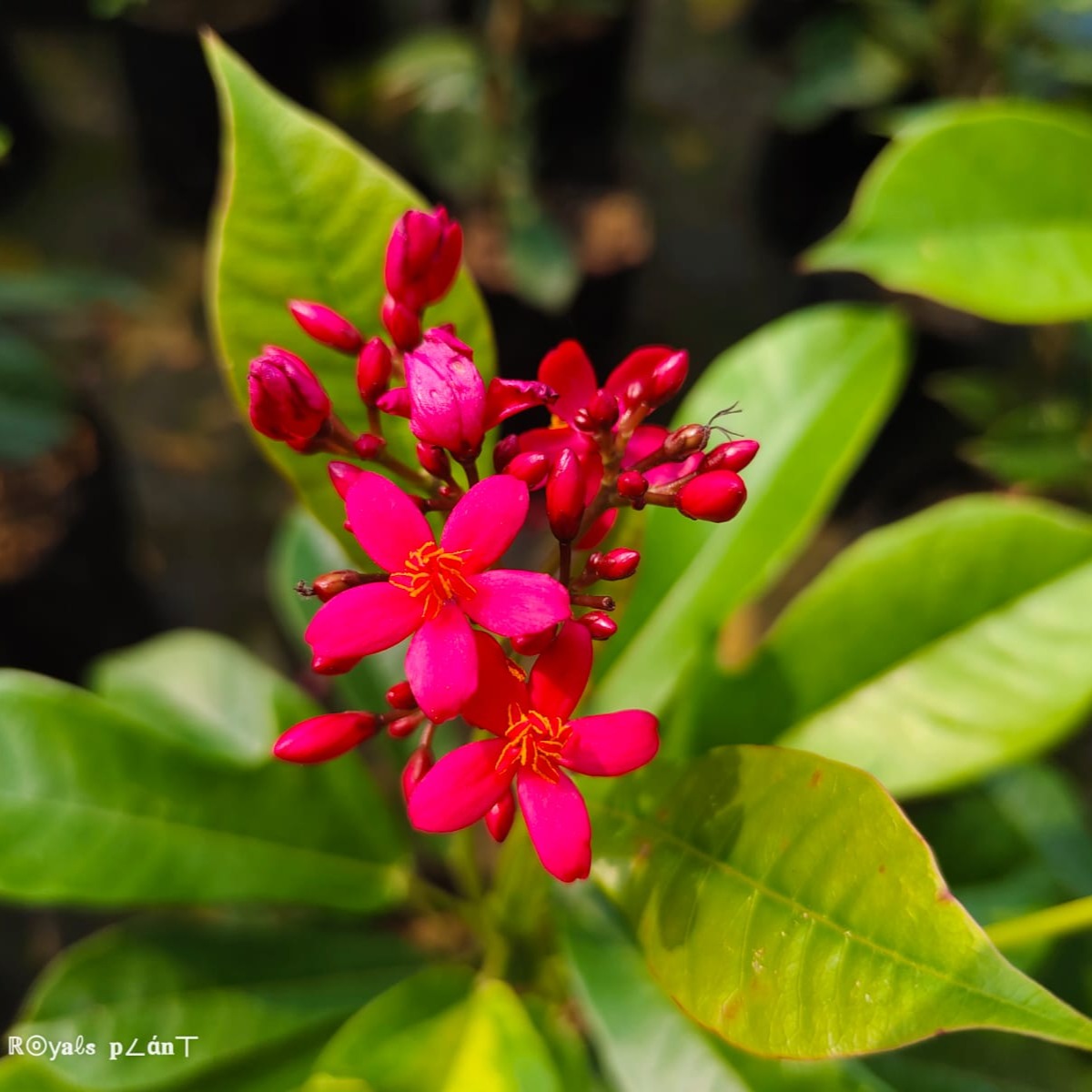
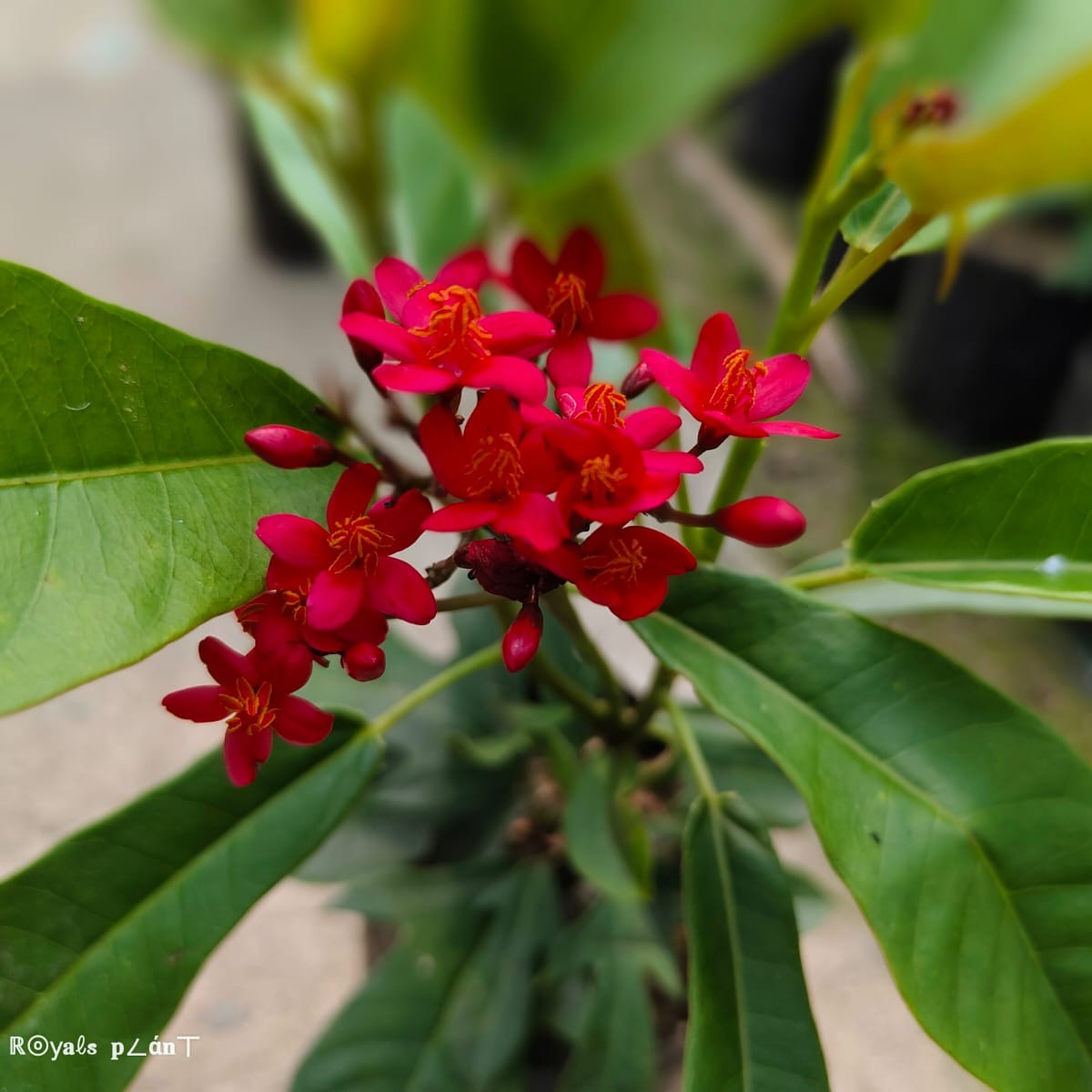
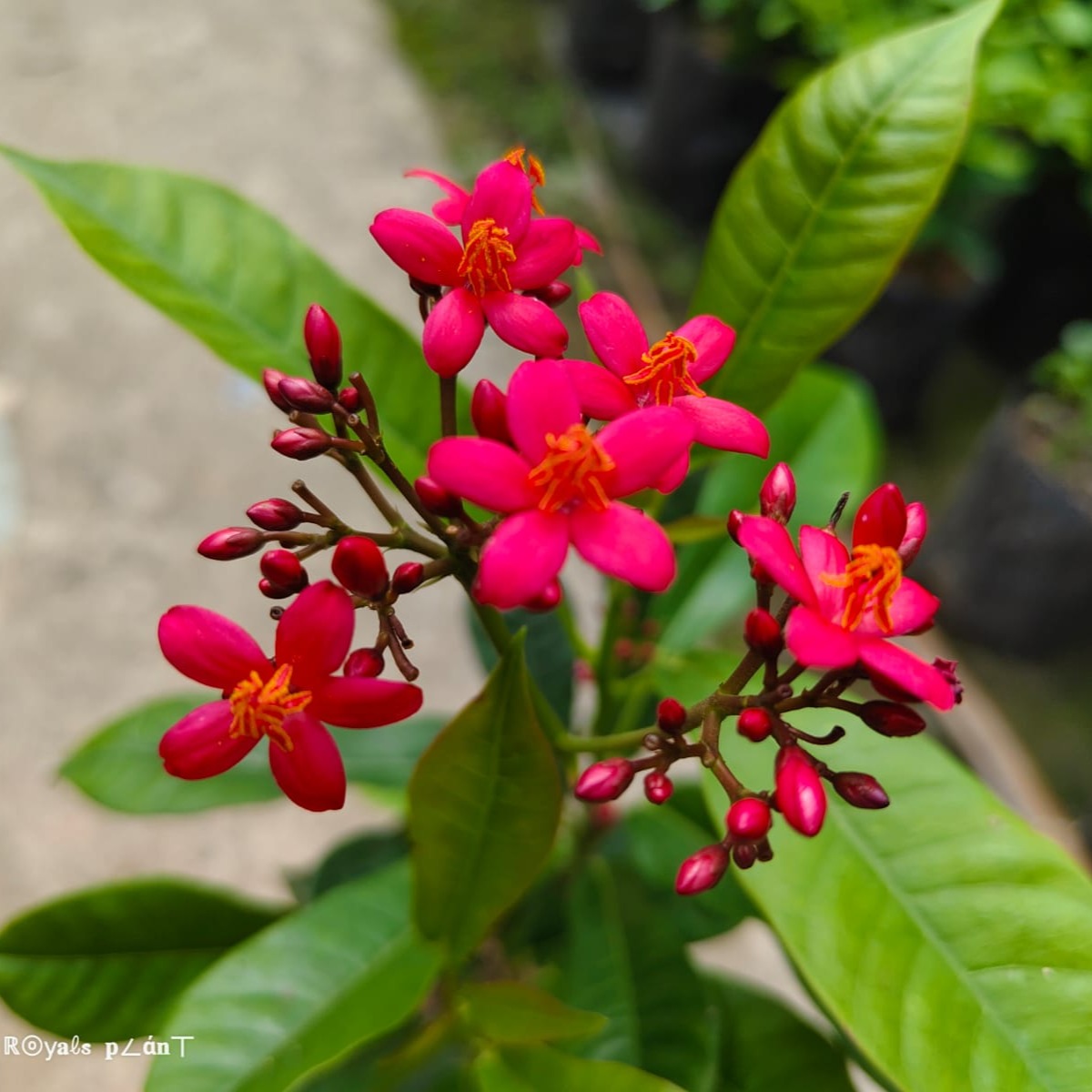
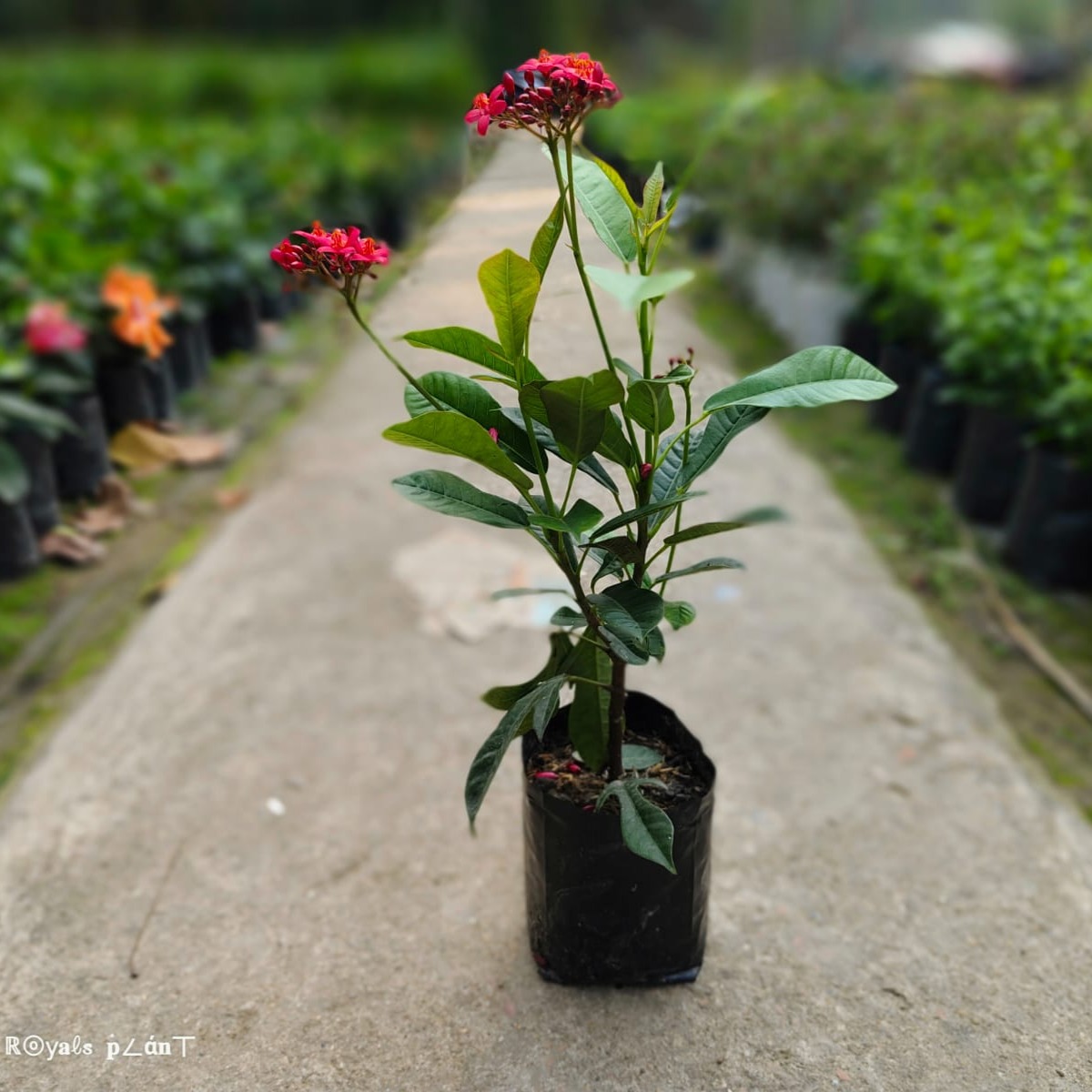




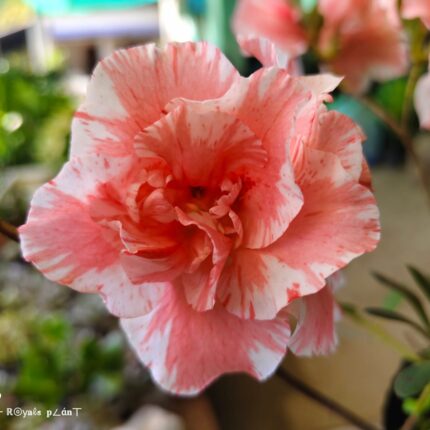
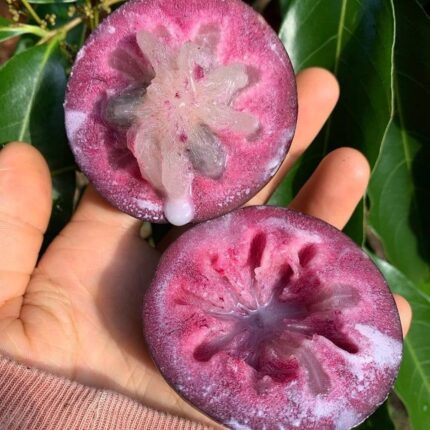




Inaaya Choudhary –
Arrived safely and was well packed.
Dhanuk Tailor –
Perfect for my balcony, good job!
Rohan Boase –
Loved the plant, very healthy.
Sumer Bhavsar –
Arrived safely and was well packed.
Aarna Apte –
Plant is thriving, thank you!
Adira Cherian –
Super healthy and green, highly recommend.
Zaina Acharya –
Good quality, on-time delivery.
Zaina Madan –
Loved the plant, very healthy.
Samarth Chatterjee –
Nice experience overall, plant was beautiful.
Biju Sodhi –
Nice experience overall, plant was beautiful.
Darshit Reddy –
Totally worth it! the vibrant and healthy plants. Love the service. Superb experience with Royals Plant.
Uthkarsh Kohli –
Really impressed with the customer service and plant quality. Will definitely order again. Ordering again from Royals Plant.
Stuvan Majumdar –
Really impressed with the packaging and timely delivery. Really appreciate the care. Ordering again from Royals Plant.
Aarav Korpal –
Loved the the neat packaging and freshness. Thanks a lot!
Shalv Mane –
Honestly a great experience with the packaging and timely delivery. Really appreciate the care. Great job, Royals Plant.
Indranil Jhaveri –
Really impressed with how well the plants were packed. Big thumbs up! Royals Plant never disappoints.
Oorja Deep –
Genuinely impressed by the plant condition on arrival. Thanks a lot! Thank you Royals Plant!
Lakshit Tata –
Genuinely impressed by the quality of the plants. Will definitely order again. Love you Royals Plant!
Nirvi Mander –
Exceeded my expectations in the neat packaging and freshness. Will definitely order again. Ordering again from Royals Plant.
Koushik Chatterjee –
My plant arrived full and healthy. It made a perfect gift and is flourishing wonderfully. Perfect packaging! My plant arrived without a single leaf out of place.
Seher Sheth –
Nice experience overall, plant was beautiful.
Jayant Soni –
Loved the plant, very healthy.
Divij Singh –
Perfect for my balcony, good job!
Shray Sathe –
Super healthy and green, highly recommend.
Advik Sarna –
Value for money, plant was in great condition.
Hiran Vala –
Loved the plant, very healthy.
Indrajit Shankar –
Satisfied with the plant, looks great.
Lakshay Sarma –
Arrived safely and was well packed.
Samarth Upadhyay –
The variety of plants available is amazing. I received my order on time, and the plants were lush and green. It added so much life to my living room!
Ritvik Hans –
I love how neatly everything was packed. All the plants arrived in perfect condition and are growing really well. Excellent quality and care taken with each one.
Shamik Dara –
I love how neatly everything was packed. All the plants arrived in perfect condition and are growing really well. Excellent quality and care taken with each one.
Hiran Sahota –
I had ordered three different types of plants, and all of them arrived in excellent shape. The soil was moist and the pots were very sturdy. Really impressed.
Inaaya Hans –
I love how neatly everything was packed. All the plants arrived in perfect condition and are growing really well. Excellent quality and care taken with each one.
Kabir Guha –
Unboxing the plants was such a delight. Everything looked exactly like the pictures. Healthy leaves, strong stems, and no damage during transit whatsoever.
Ayesha Kari –
I love how neatly everything was packed. All the plants arrived in perfect condition and are growing really well. Excellent quality and care taken with each one.
Nakul Saini –
Beautiful, fresh, and well-maintained plants. The attention to detail in packaging was noticeable and appreciated. My entire indoor setup now looks so much better.
Samaira Dayal –
Royals Plant really stands out for its quality. Each plant was thriving when it arrived, and the packaging ensured zero damage. Truly a five-star service.
Tanya Baria –
The variety of plants available is amazing. I received my order on time, and the plants were lush and green. It added so much life to my living room!
Rati Das –
Royals Plant never fails to impress me! The packaging, freshness, and delivery speed were spot on. Thank you for helping me build a beautiful green space at home.
Madhup Sarkar –
Unboxing the plants was such a delight. Everything looked exactly like the pictures. Healthy leaves, strong stems, and no damage during transit whatsoever.
Tushar Kala –
I had ordered three different types of plants, and all of them arrived in excellent shape. The soil was moist and the pots were very sturdy. Really impressed.
Elakshi Kumar –
I love how neatly everything was packed. All the plants arrived in perfect condition and are growing really well. Excellent quality and care taken with each one.
Piya Tata –
I love how neatly everything was packed. All the plants arrived in perfect condition and are growing really well. Excellent quality and care taken with each one.
Samaira Comar –
Great experience ordering online, will come back again.
Dishani Choudhury –
I had ordered three different types of plants, and all of them arrived in excellent shape. The soil was moist and the pots were very sturdy. Really impressed.
Samaira Rattan –
The plants were fresh and healthy, delivery was quick and neat.
Yuvaan Anne –
Unboxing the plants was such a delight. Everything looked exactly like the pictures. Healthy leaves, strong stems, and no damage during transit whatsoever.
Eva Mall –
Very impressed with the packaging and plant quality.
Anika Kata –
Wonderful experience, highly recommended.
Samarth Tiwari –
Very impressed with the packaging and plant quality.